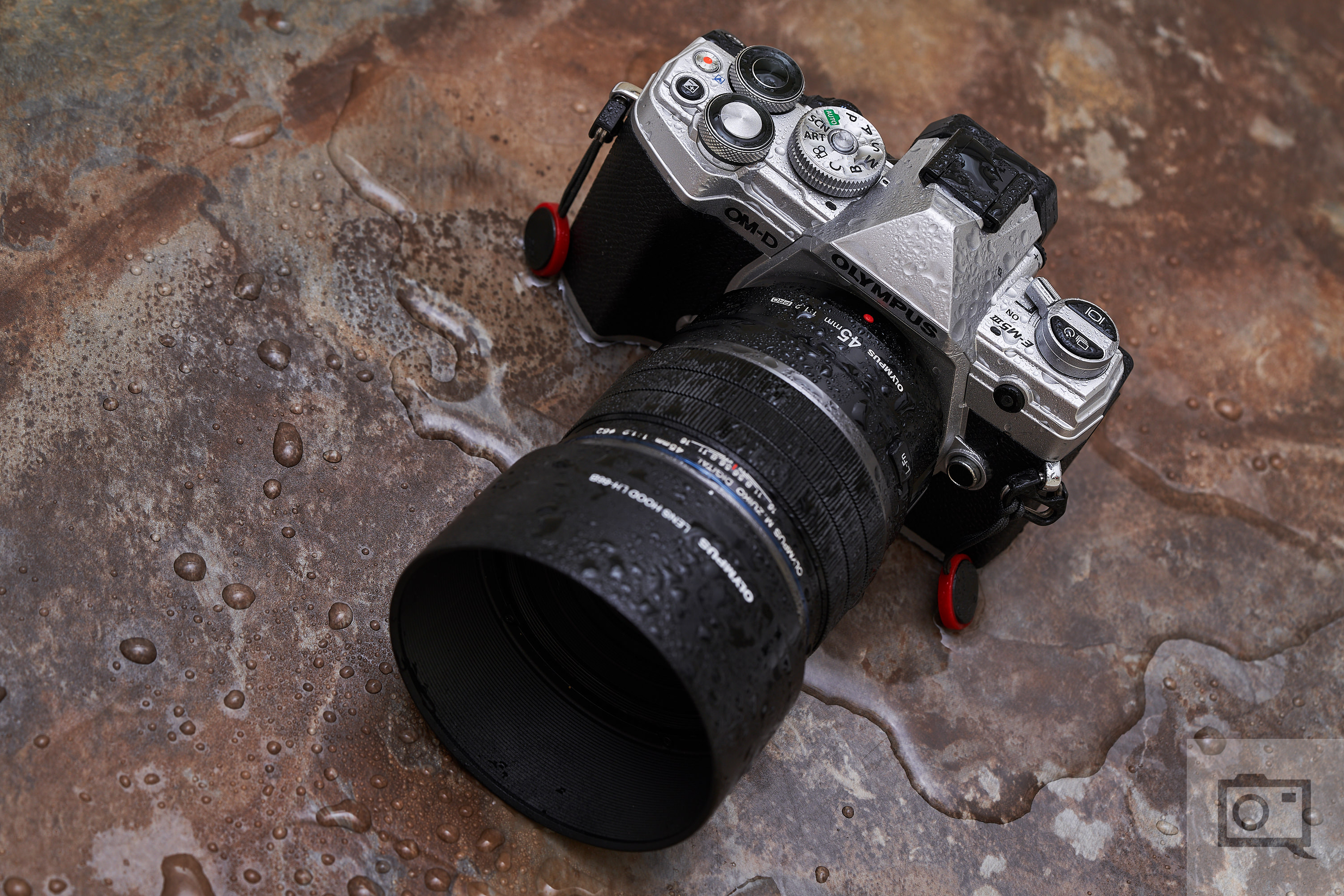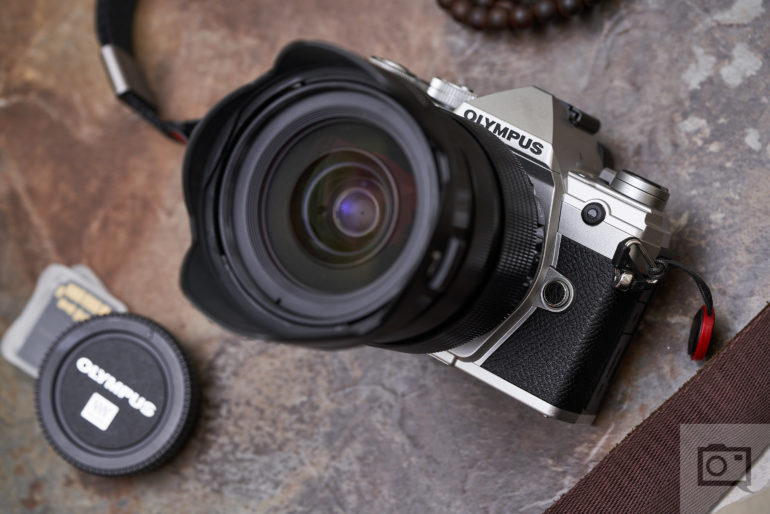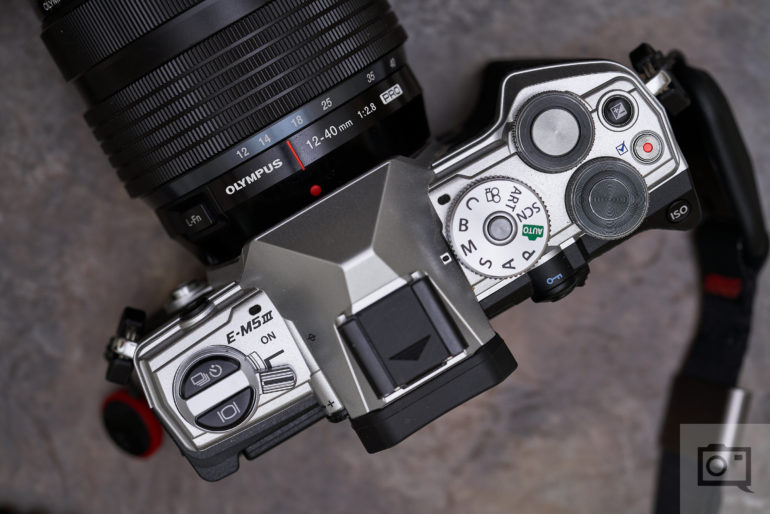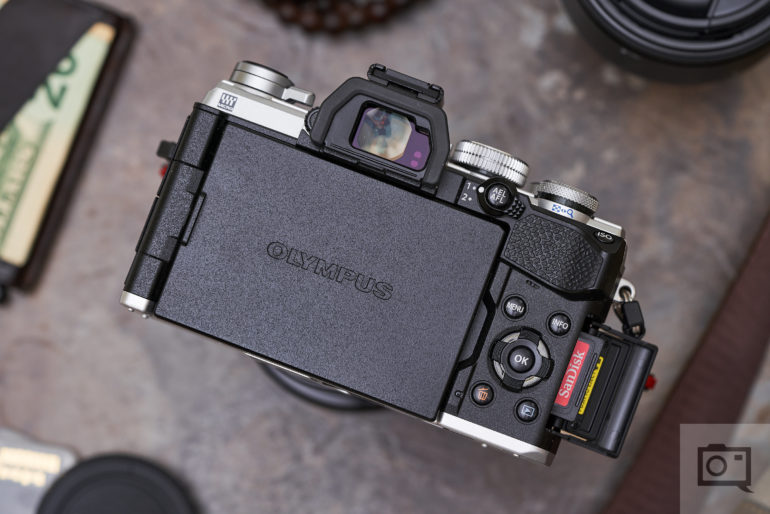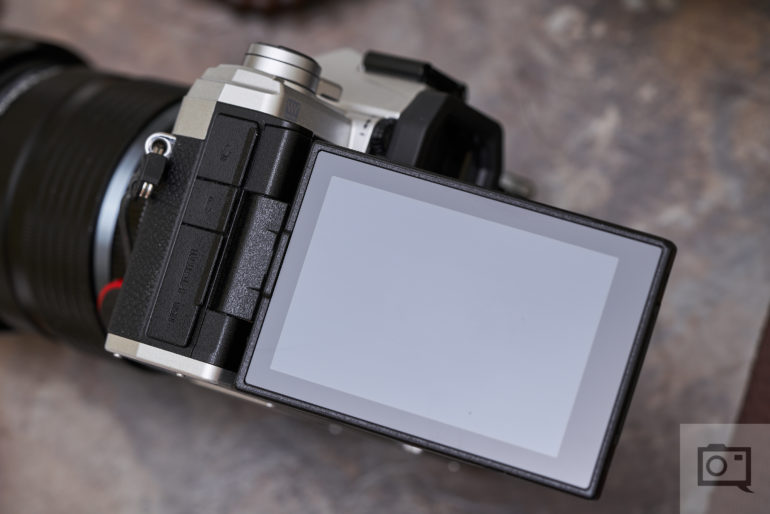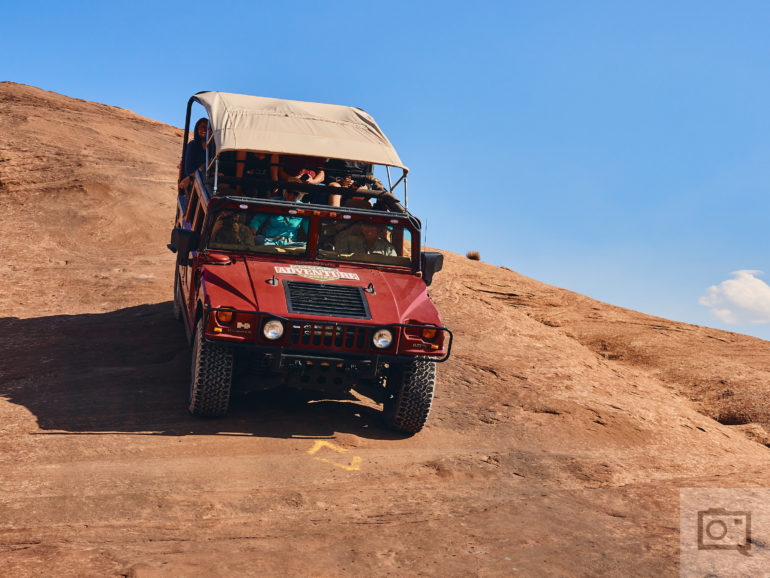Last Updated on 02/04/2020 by Brett Day
The Olympus OMD EM5 Mark III features technology borrowed from the flagship EM1X and EM1 Mark II in a long-awaited update
The last time Olympus introduced a new camera body in their E-M5 product line was back in February of 2015, more than four and a half years ago. To say that the E-M5 series was overdue for an update would be quite an understatement. At long last, Olympus finally introduced the OM-D E-M5 Mark III earlier this year. Like the outgoing Mark II model, the EM5 Mark III is compact, lightweight, and features excellent weather sealing. The refreshed EM5 Mark III features the 20 MP Live MOS sensor, TruePic VIII Image Processor, and the same 121-point Phase Detection Autofocus System we’ve previously seen in the EM1 Mark II, itself a now three-year-old camera. Was this update worth the four and a half year wait?
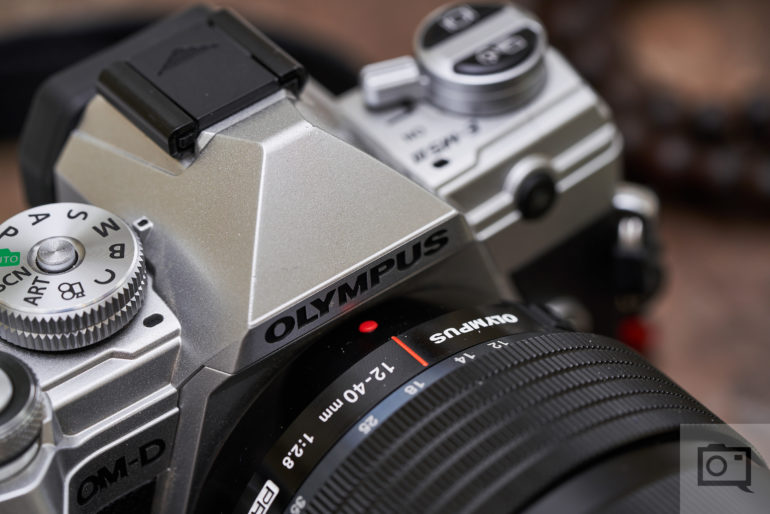
Table of Contents
Pros and Cons
Pros
- Beautiful retro styling
- Excellent image quality
- Robust weather sealing
- Reliable image stabilization
- Accurate autofocus
- Compact form factor
- Built-in Live Composite and 50 MP High Resolution shooting modes are highly effective
Cons
- Form factor can be too compact for some, particularly for photographers with larger hands or when mated with larger lenses
- Plasticky build quality
- Single UHS-II SD Card slot
- Lacks dedicated joystick
- Poor battery life
- Convoluted menu systems
- No major innovations after over four years
Gear Used
We tested the Olympus OM-D E-M5 Mark III with a variety of native lenses including the M.ZUIKO ED 7-14 mm f2.8 PRO, M.ZUIKO ED 12-40mm f2.8 PRO, M.ZUIKO ED 17mm f1.2 PRO, M.ZUIKO ED 25mm f1.2 PRO, M.ZUIKO ED 45mm f1.2 PRO, and M.ZUIKO ED 40-150mm f2.8 PRO.
Tech Specs
Highlighted tech specs for the Olympus OM-D E-M5 Mark III taken from the official Olympus press release
| Sensor Effective Resolution / Type | 20.4 Megapixel Live MOS |
| Processor | TruePic™ VIII Quad Core Processor |
| Focusing System | Dual F.A.S.T. AF (Contrast & Phase Detection AF) 121 Point (All Cross Type) On-Chip Phase Detection |
| Image Stabilization System | 5-Axis Image Stabilization with up to 6.5 Shutter Speed Steps Compensation with Sync-IS |
| Viewfinder | 2.36M dot OLED Electronic Viewfinder |
| Rear Monitor | 3.0″ Vari-Angle Touch LCD |
| Weathersealed | Dust, Splash and Freezeproof |
| Sequential Shooting Speed | 10fps [H] mode 6fps [L] mode mechanical shutter 30fps [H] mode 10fps [L] mode silent electronic shutter |
| Special Features | 4k Video Capture (30/25/24 fps) with Flat Picture Mode 30fps Silent Electronic Shutter PRO Capture Lag-Free Electronic Shutter Mode Fisheye Compensation Mode USB In-camera Charging |
Ergonomics
Ergonomics section taken from our First Impressions article.
Meet the brand new OM-D E-M5 Mark III from Olympus. At first glance it’s pretty easy to mistake the E-M5 Mark III it for its predecessor, but it is slightly larger.
From the front, the Olympus OM-D E-M5 Mark III retains the retro styling that hearken to SLR designs of yesteryear. Aside from the Olympus and OM-D badging, the only buttons you’ll find on the front are the Depth of View Preview button and the lens release.
Most of the OM-D E-M5 Mark III’s controls are located on top of the camera body. This is also where you’ll find some of the more notable changes Olympus has made to the body of the E-M5 series. Although the OM-D E-M5 Mark III remains a very compact camera, the handgrip on the right is beefier. There is also a larger thumb rest towards the back as well. On the left side of the top of the E-M5 Mark III, you’ll find the On/Off lever. Previously on the E-M5 Mark II, a Mode Dial and a Mode Dial Lock were located on top of the On/Off level. They have been replaced with dedicated buttons for Sequential Shooting/Timer as well as Liveview. The Mode Dial and the Mode Dial Lock have been moved towards the right side of the Hot Shoe, next to the Front and Rear dials. The Shutter Release is nested within the Front Dial. Depending on your preference, you can assign either dial to adjust Aperture and Shutter Speed values. Dedicated buttons for Exposure Compensation, Movie Record, and ISO round out the buttons on top of the camera.
The articulating touchscreen dominates much of the E-M5 Mark III’s rear and comes in handy when shooting from odd angles. You can flip the touchscreen forward for selfies or vlogging, or flip it inward to keep it protected when not in use or if you prefer shooting through the Electronic Viewfinder. To the right of the EVF, you’ll find the AEL/AFL button along with the mode lever. Beneath the thumb rest, the Directional Pad along with the buttons for Menu, Info, OK, Delete, and Playback round out the rest of the physical controls on the OM-D E-M5 Mark III. The single SD card slot is located toward the right side of the camera.
“Photographers coming from other camera systems may find the E-M5 Mark III’s menus somewhat challenging to navigate.”
A selection of input options can be found on the left side of the OM-D E-M5 Mark III. From top to bottom, you’ll find the 3.5mm microphone jack, 2.5mm cable release jack, Micro HDMI port, and Micro USB port (which can be used to charge the camera).
Build Quality
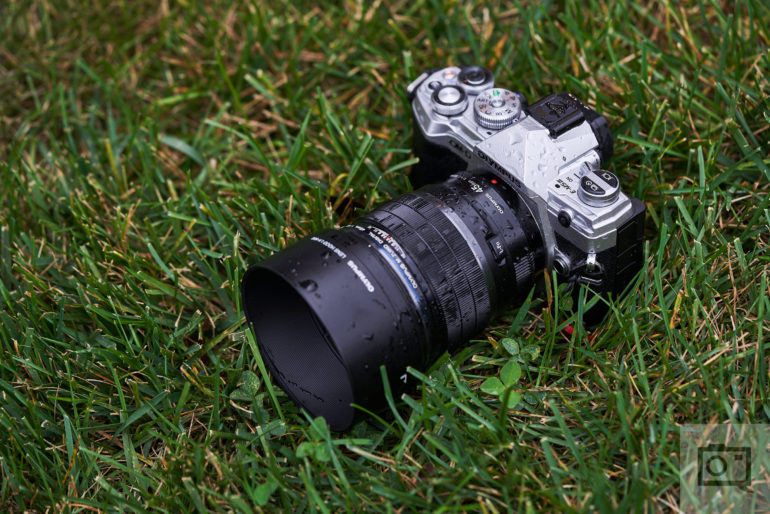
Despite its plasticky exterior (a step backward when compared to the EM5 Mark II’s magnesium alloy body), the EM5 Mark III felt solid in hand overall. Olympus has always excelled at weather sealing their camera bodies, and the OM-D E-M5 Mark III is no different. We shot with the EM5 Mark III under a variety of inclement conditions including heavy rain, dust storms, and even freezing temps, and didn’t encounter any adverse issues with the camera.
Ease of Use
Although the upgrades may seem dated on paper, Olympus has done a great job of delivering an overall satisfying shooting experience with the OM-D E-M5 Mark III, save for a few niggles. Photographers with larger hands will want to invest in the optional ECG-5 Dedicated External Grip: the EM5 Mark III’s is prone to feeling rather front-heavy when larger/longer M.Zuiko lenses are mated to the body. The decision to switch from the BLN-1 battery (1,220 mAh), used in previous models of the EM5 series, to the lower capacity BLS-50 battery (1,175 mAh) is another point of frustration, as the EM5 Mark III is prone to quick batteries drain. It’s also worth noting that the EM5 Mark III’s complicated menu system will require quite a bit of time to become familiar with for photographers migrating from competing systems. Even once you’re familiar with it, there are still things that are a couple of layers deep. Further, in our testing, we weren’t able to figure a way to make the menu system fully touch-capable. That’s where Canon, Nikon, Leica, Sigma and Panasonic have a leg up!
These complaints aside, there’s no denying that the Olympus OM-D E-M5 Mark III is a highly capable compact camera thanks to its bump in resolving power, enhanced Auto Focus, and upgraded 5-Axis In-Body Image Stabilization. Olympus should also be commended for their excellent smartphone companion app implementation along with the inclusion of a huge variety of in-camera Art Filters. Of all the mobile companion apps currently available on the market, Olympus Image Share is one of the easiest to use. Connecting your smartphone to your camera is intuitive and painless, and allows you to browse through images on the camera and transfer them to your smartphone quickly. The EM5 Mark III’s wealth of included Art Filters make it very easy for you to process your images within your camera. For photographers who prefer to do a minimal amount of post-processing, or those who just want to post images to Instagram quickly, the combination of Olympus Image Share and the built-in Art Filters will likely be all they’ll need.
Something that should not be forgotten is the image stabilization. It’s on par with Sony’s lens and camera stabilization system when using Olympus’ own image stabilized lenses. Even better, it’s also got an advantage over Panasonic’s IBIS and lens combination.
Autofocus
The autofocus system in the Olympus OM-D E-M5 Mark III is highly responsive and accurate, thanks to the same 20 MP Live MOS Sensor, TruePic VIII image processor, as well as the 121-point Phase Detection Autofocus System inherited from the EM1 Mark II. Throughout our time with the EM5 Mark III, the autofocus system performed admirably and was able to maintain focus on fast-moving subjects (like sea lions or off-road vehicles) even during less than ideal shooting conditions (rapidly changing lighting conditions courtesy of fast-moving clouds, or shooting off-road vehicles from another moving vehicle).
The above images were taken from the back of our Hummer as it was descending down a steep hill. The EM5 Mark III’s tracking autofocus system, in conjunction with the camera’s excellent IBIS, allowed the camera to keep the trailing Hummer in focus even while both vehicles were speedily descending down steep and rocky terrain. Impressive indeed.
In terms of autofocus speed, it isn’t at the level of the Sony a9 but it can hold its own with the Sony a7 series, Canon EOS R, and the Fujifilm X-T3. Where we were particularly impressed is with autofocus tracking vs these other systems. Sony is still king of the hill, but photographers who need AF tracking shouldn’t sleep on Olympus’ offerings.
Image Quality
Images produced by the Olympus OMD EM5 Mark III lean toward the flatter side of things and can get fairly noisy when you start climbing the ISO ladder. With that said, the images are perfectly fine for web use. You can also edit images in-camera using the slew of included Art Filters, and the raw files provide a lot of latitude during post-processing. What that means is that photographers using the EM5 III are bound to number in the Instagram-only shooters and the more serious RAW shooters.
Raw File Versatility
While the Olympus OMD EM5 Mark III can output some truly beautiful JPEGs, photographers who prefer to shoot RAWs for versatility will be very happy with the files the EM5 Mark III produces. Below is an example of what we were able to achieve when working with the EM5 Mark III’s raw files during post-processing. We tested the EM5 Mark III’s raw files using Capture One 20, but the 2020 release of Photoshop Camera Raw and Adobe Lightroom also has raw support for the camera.


We were able to pull out a lot of details from the original raw file by adjusting the highlights and shadows and making minimal adjustments to exposure, contrast, levels, and curves. As you can see, the EM5 Mark III’s raw files contain a ton of information for you to work with during post.
High ISO Output

In terms of high ISO performance, images will become fairly noisy when you ramp up the ISO on the EM5 Mark III. We genuinely wouldn’t go past ISO 6400 due to the significant amount of color noise. With that said, the images do manage to retain a fair amount of detail and should be usable for the web. If you find yourself shooting in low light scenarios that necessitate needing to crank up the ISO regularly, the EM5 Mark III may not be the camera for you.

When it came to printing the Olympus OMD EM5 Mk III images from Capture One, we found a lot of noise despite there still being details. But something about the color gradation also made it look like a watercolor of some sort. If we had to recommend that you print these images, then go for black and white conversions first. If we’re being brutally honest, this was the worst ISO 6400 print we’ve ever made.
Additional Image Samples
Here are some additional images we shot with the Olympus OM-D E-M5 Mark III. As a matter of ethics, none of the sample images seen within this review have been retouched so that you can judge the quality of the images produced by this lens for yourself. The only editing some of these images were subjected to was cropping and/or color grading.
Conclusion
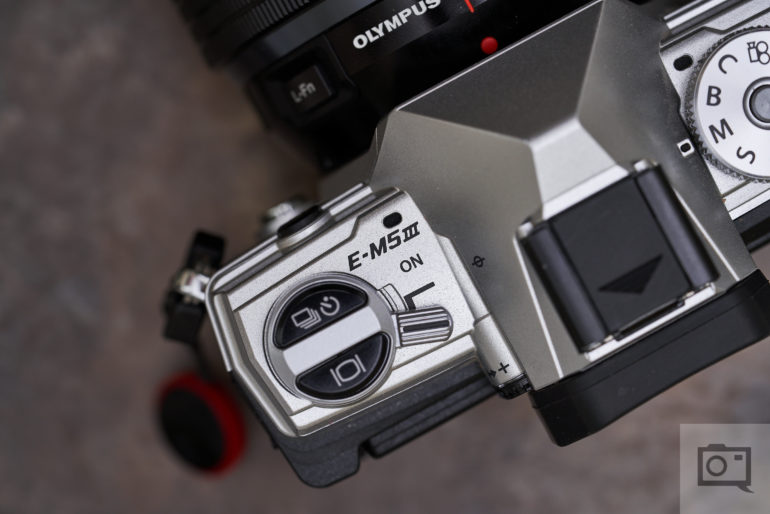
Likes
- Image stabilization
- Fast and accurate autofocus
- Robust weather sealing
- Versatile raw files
Dislikes
- Lackluster battery life
- Small hand grip
- Plasticky construction
For the Micro Four Thirds faithful out there, the Olympus OM-D E-M5 Mark III is a long-awaited update to the excellent EM5 Mark II. But truth be told, we couldn’t help but feel underwhelmed with the upgraded components Olympus chose to outfit the EM5 Mark III with. The sensor, image processor, and autofocus system were all taken from the now three-year-old EM1 Mark II.
Throughout the past five years, we’ve witnessed countless technological advancements being introduced and subsequently leapfrogged at a break-neck pace across the entire camera industry. This was no doubt a result of all of the major camera manufacturers dedicating considerable resources toward their respective mirrorless camera offerings. With the introduction of the EM5 Mark III, we were hoping to see some groundbreaking innovations from Olympus, just as they had done when the company introduced the Mark II. Alas, it was not to be.
All things considered, the Olympus OM-D E-M5 Mark III is a solid performer. While it may not have the latest and greatest tech under the hood, the sum of all of its parts culminates in a pleasant shooting experience overall. The EM5 Mark III’s autofocus is quick and accurate, the weather resistance is top-notch, and the image stabilization is arguably one of the best in the industry (having a smaller sensor helps). For the photographers happy to just shoot JPEGs, the wealth of built-in Art Filters will likely be all the editing they’ll ever need. Those preferring instead to shoot raw and finish their images during post-processing will find lots to love about the EM5 Mark III’s highly versatile raw files as well. We’re just not sure that the positives are strong enough to set the Olympus OM-D E-M5 Mark III apart from its competition.

The Olympus OM-D E-M5 Mark III earns three out of five stars. It’s available now from Amazon.


